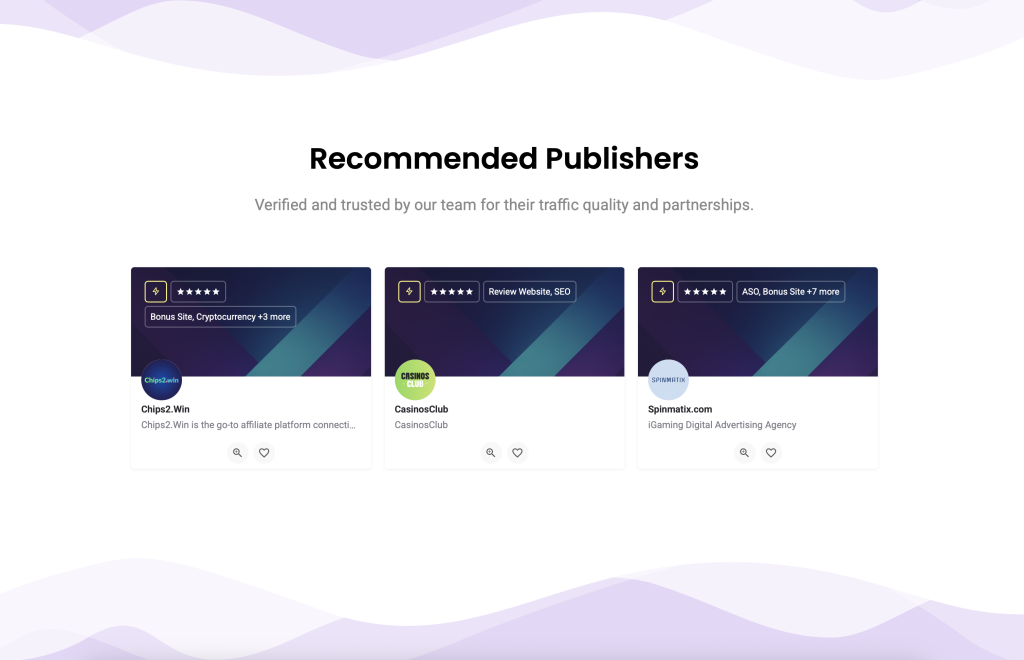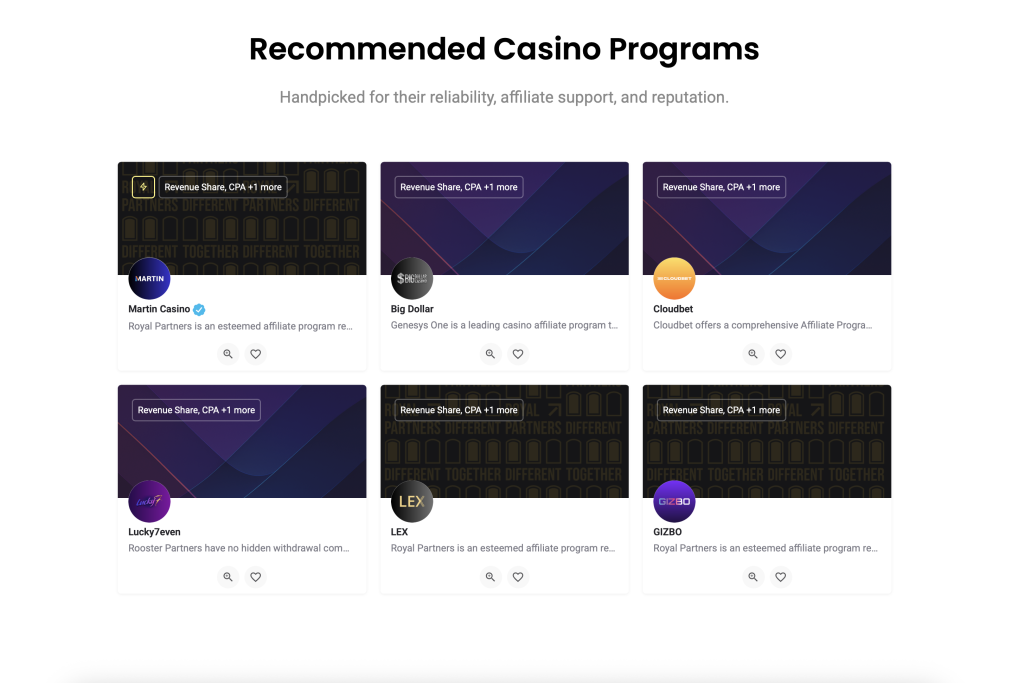-
JoinedJuly 24, 2024
-
Active listings86
- Direct message
10 Pariuri
iGaming Affiliate
Bonus Site
Bonuschick
iGaming Affiliate
Streamer
Ysivitonen
iGaming Affiliate
Streamer
Uncles Traff
iGaming Affiliate
Bonus Site
3XTER
iGaming Affiliate
Media Buying
Profitov Partners
iGaming Affiliate
Affiliate Network
BeZded
iGaming Affiliate
Bonus Site
Xpander Media
iGaming Affiliate
PPC, SEO


